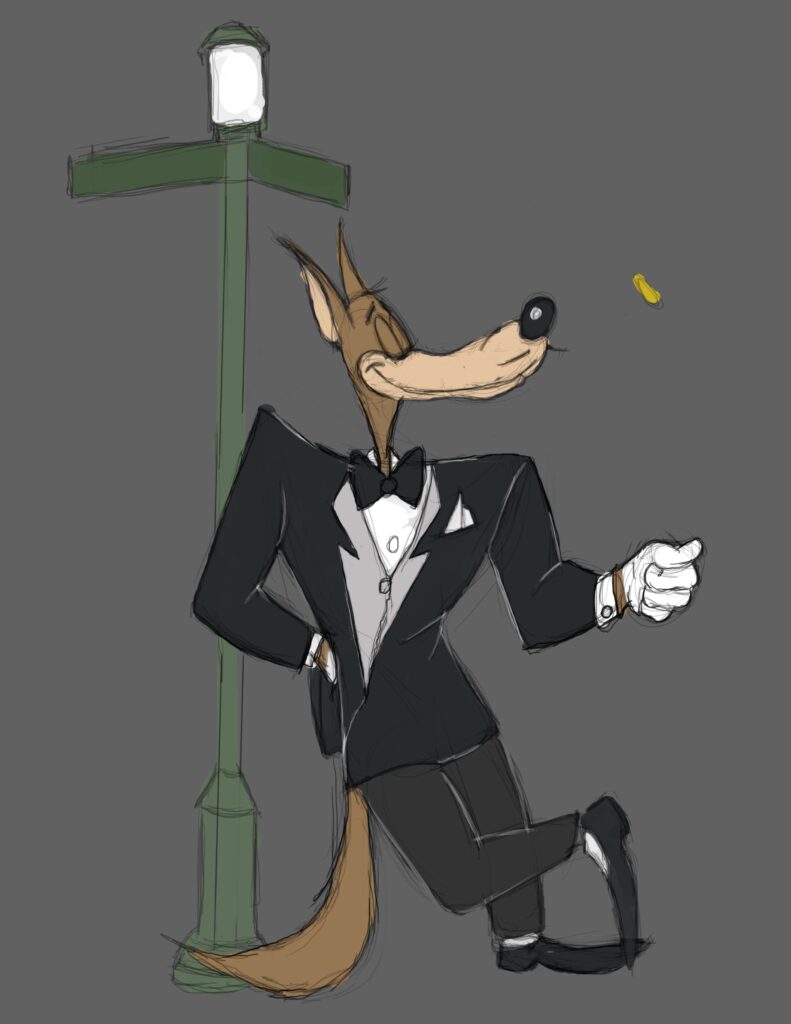With thanks to Lou Soukup
In my never ending quest to find Excellence in Nebraska Running I’ve had to go all the way back to what seems to be the very origin, the root, the genesis as it were. As disclaimer, if you prefer alternative facts, please exit here…
The Elmwood Park Track Club was established in 1963. Ken Gould placed an add in the Omaha World Herald, asking runners to “Meet at the Big Tree” in Elmwood. “In the late 60’s, the group that met was comprised mostly of elite college and high school athletes. The list includes many Big Eight and NAIA gold medal winners. Training runs were held daily – meets were once a week. Cross-country one week – track the next”
“The UNO track club would change gears and its name – to the Plains Track Club. The first road race would be held at Lake Manawa in 1973. A track coach at Council Bluffs Abraham Lincoln named Mick Freeman would host the first event (and he is still at it today).”
A common theme through Lou’s descriptions of Nebraska’s earliest efforts:
“Today’s running club with the Holiday Lights Fun Run and the Couples Relay is the antithesis of what was started back in 1963.” Lou makes a very clear and definite distinction between what the club was founded on and where it sits today.
“The early pioneers of organized running in Omaha were fast. And they were serious competitors. They had big goals. The initial group, which included track stars such as Tim Hendricks, Greg Carlberg and Elliot Evans, were training for events like the Pan Am Games, World Cross Country Championships, and the Olympic Trials. They needed fast guys to push them harder – and they recruited local college and high school distance runners to join them for their nightly training runs – typically 10 miles. Word spread. And the training sessions ended up being a “Who’s Who” of local runners.”
” Plains Track Club (PTC) finest moment came in 1975 when it broke the USA record for a 24-hour relay. The club hosted the event at the UNO track. There were several 10-person teams entered – but the PTC team stole the show. Each person would run one mile – and then pass the baton to a teammate. Over the course of 24 hours, the PTC team averaged 4:46 per mile. “
Lou goes on to describe the major differences between the current climate (fundraising and participation) and days of yore when most races were put on by serious athletes.
Another point out sums up what I’ve tried to describe for the last 16 years, he seems to have it on the head. Today, the Omaha Running Club, as an entity, is far more involved in assisting other groups with their races. By contrast, The Lincoln Track Club* “owns” their own race calendar. Think about this with your morning coffee, it is really quite deep. No right or wrong way really. Two Ways, see? But does describe the vastly disparate cultures better than I have been able to. *Lincoln Track Club est. 1975
I hope you’ll take the time to read Lou’s chronology. I’d like to rename his series, The History of Excellence in Nebraska Distance Running, or, The History of Excellence in Eastern Nebraska Distance Running. And then I would add the following chapters: 1.”USATF LDR, 2001-present”, describing the founding and foundation of today’s USATF Clubs and programs. How Team Nebraska bridged the Platte for over a decade. Names like McGown and Morgan and Henry and Adams and van der Westhuizen. How LRC Racing sprung from that model. How Nebraska Run Guru Elite, embodiment of my competitive spirit, answered the call once again. Names like Kostelnick and Wintheiser etching their names into the history of Excellence in Nebraska Distance Running. 2. “The Omaha Running Club Today”, to describe the credo that has held sway for at least the last 16 years “a non-profit organization that supports local running and walking, “. Tom Whitaker, over a decade and a half with his hand firmly on that wheel, deserving his own chapter.
Ken Gould, Mick Freeman, John Hawkins, Elliot Evans, I’d like to buy you a cup of Joe.

